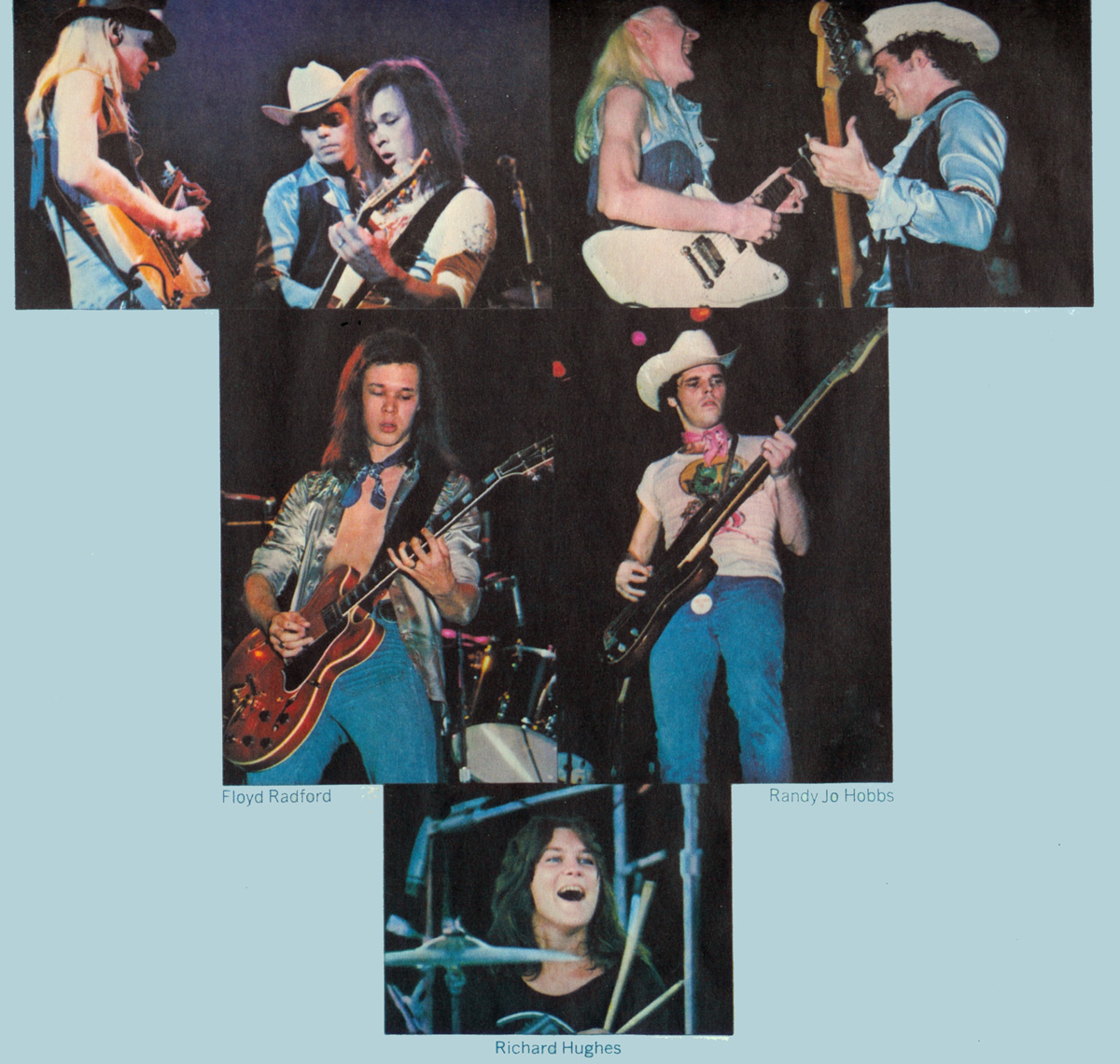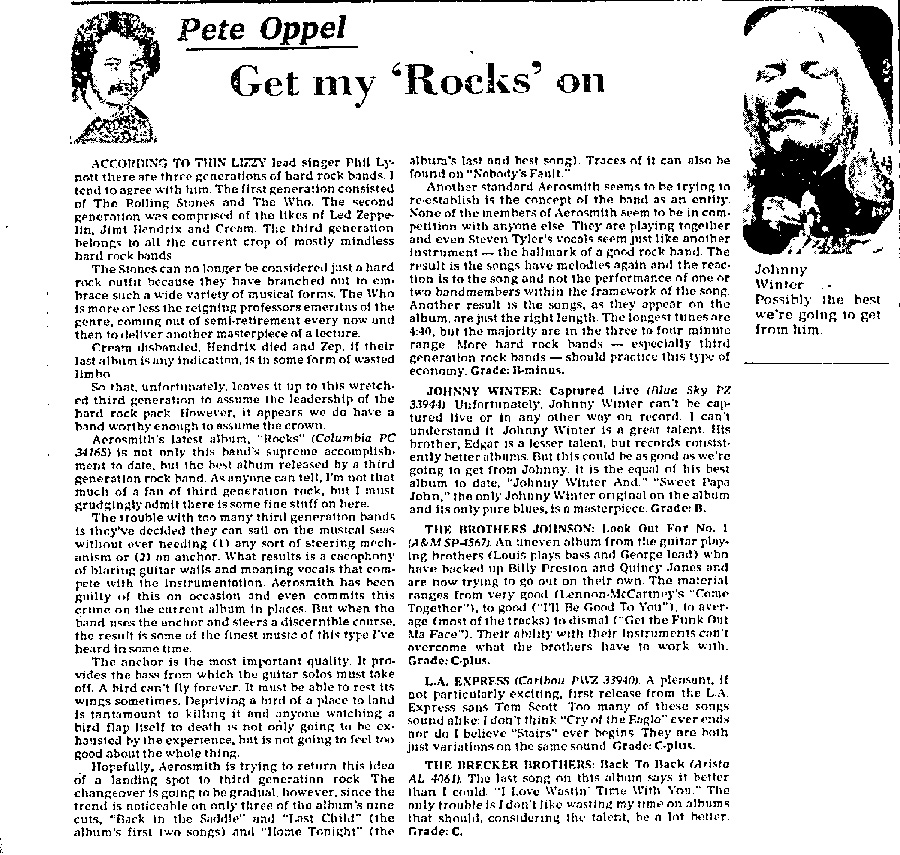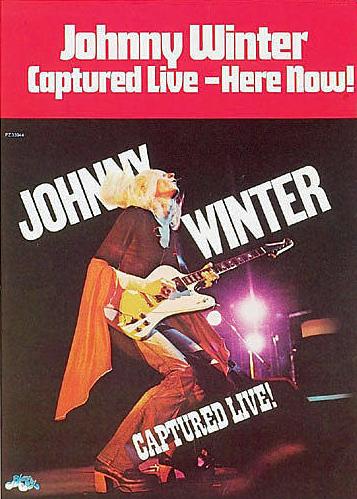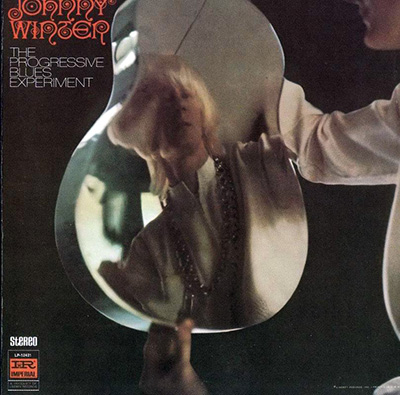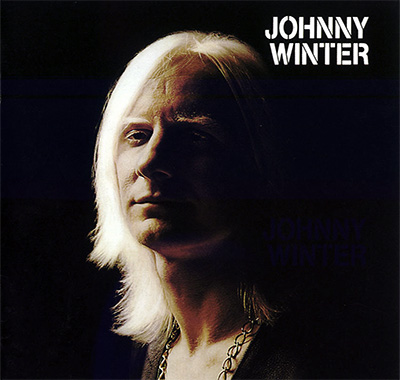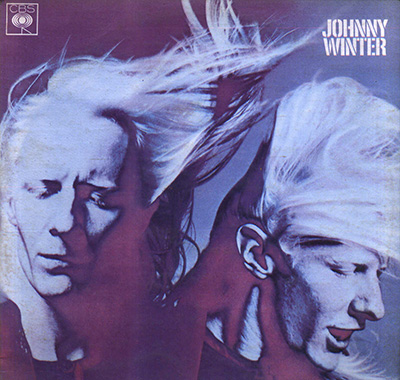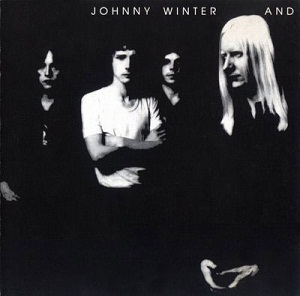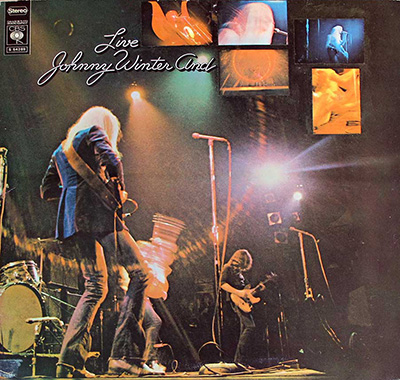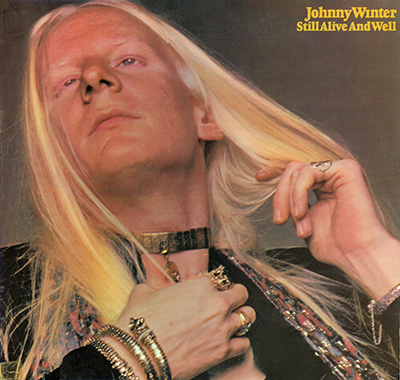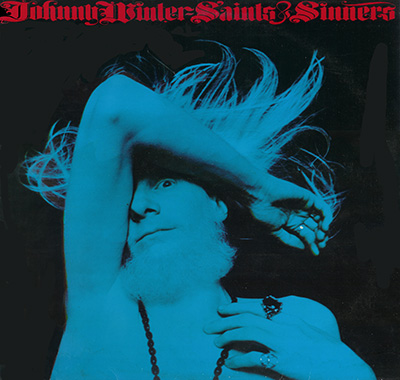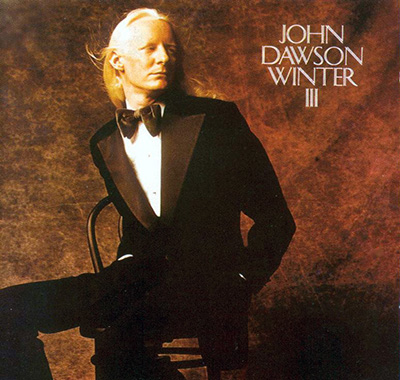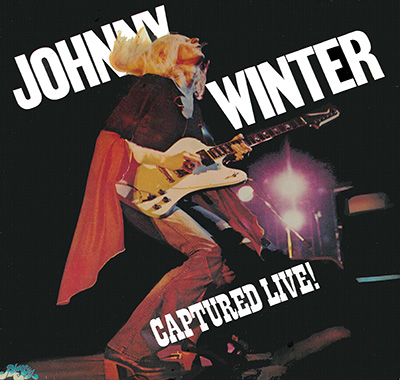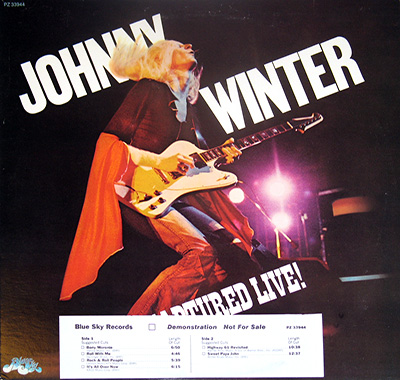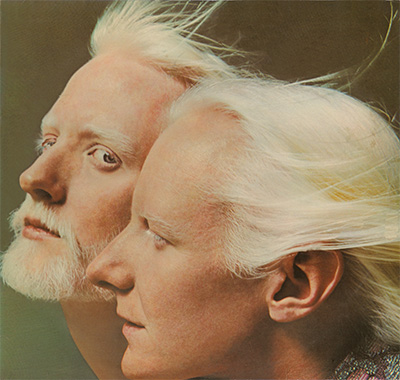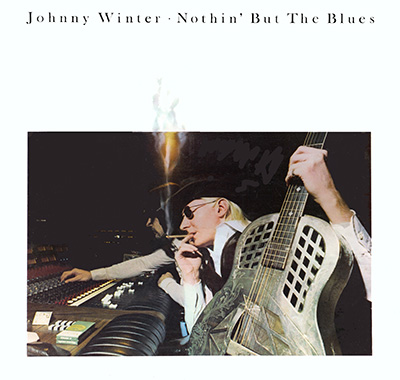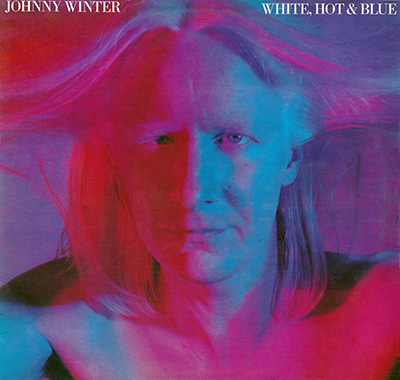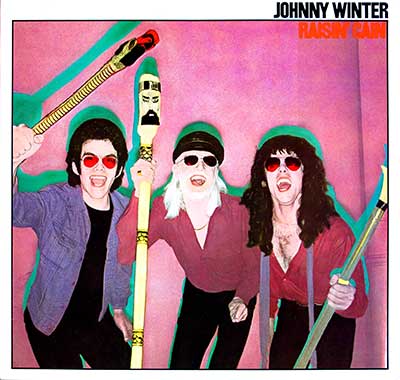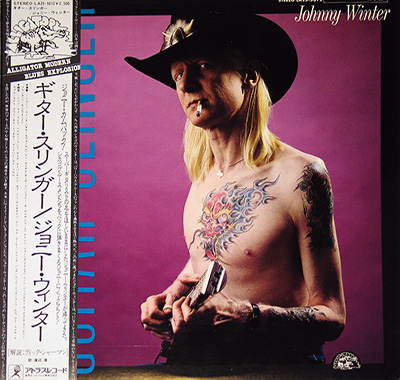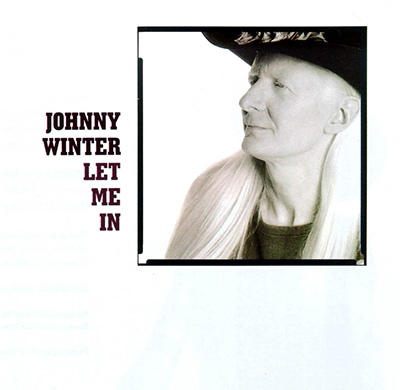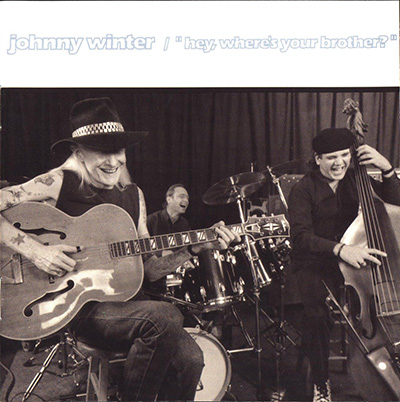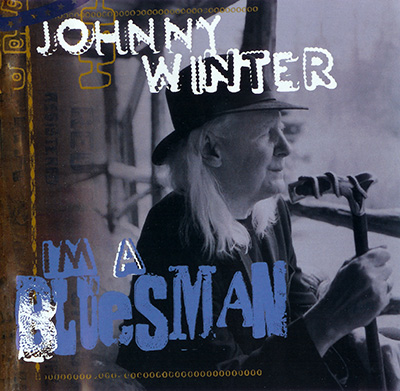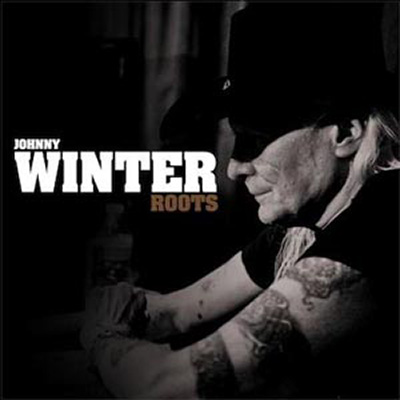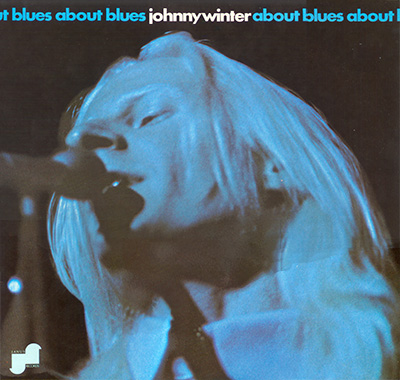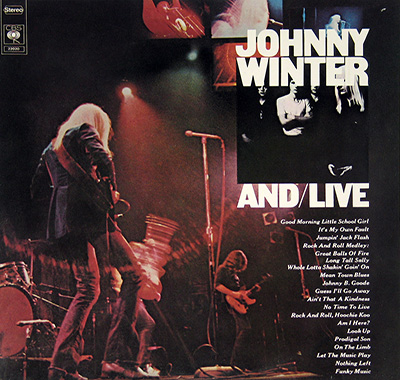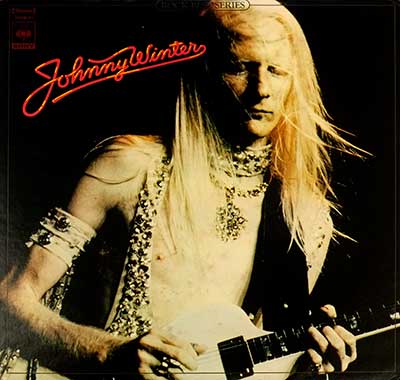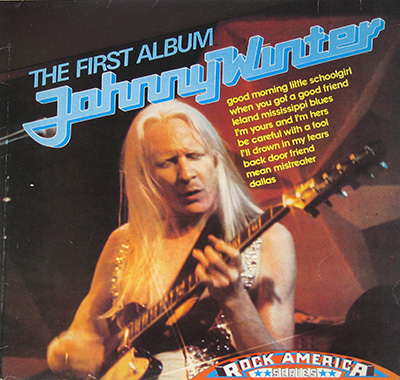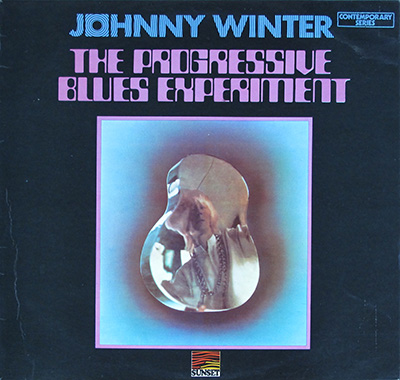Album Description:
In 1976, Johnny Winter unleashed a mesmerizing live experience onto vinyl with his album "Captured Live". Released on Blue Sky Records, this LP captured the raw energy, searing guitar solos, and electrifying stage presence that made Winter a true blues legend. From the moment the needle hit the vinyl, fans were transported into the heart of Winter's incendiary live performances, leaving an indelible mark on blues enthusiasts worldwide.
The Blues Powerhouse:
Johnny Winter's reputation as a blues powerhouse had been steadily growing since his early career in the 1960s. With his shock of white hair, scorching guitar skills, and soulful voice, Winter became a prominent figure in the blues-rock revival of the '70s. "Captured Live" epitomizes the essence of Johnny Winter's musical brilliance, demonstrating why he was revered as one of the greatest blues guitarists of his time.
Tracklist:
The album's tracklist featured a selection of Winter's most iconic songs and blues classics, each infused with his signature style and impeccable technique. Among the standout tracks were "Boney Moronie", "Rollin' and Tumblin'", "Rock and Roll Medley", and "It's All Over Now". Each performance showcased Winter's virtuosity, as he effortlessly blended traditional blues with rock elements, making every track a true crowd-pleaser.
The Live Experience:
"Captured Live" was more than just a compilation of songs; it was an immersive experience. Listening to the LP, one could feel the energy of the crowd, the anticipation before each guitar solo, and the thunderous applause after every song. Winter's stage banter and interactions with the audience added a personal touch, creating an intimate connection between performer and listener. The album managed to capture the essence of a Johnny Winter concert, allowing fans to relive those unforgettable live moments at their leisure.
Blue Sky Records:
The album's release on Blue Sky Records further solidified Winter's partnership with the label, which had been instrumental in nurturing his career. Blue Sky Records was co-founded by Winter's manager,
Steve Paul
, and it became a platform for some of Winter's most successful albums. "Captured Live" was no exception, garnering critical acclaim and commercial success, solidifying Johnny Winter's status as a blues icon.

